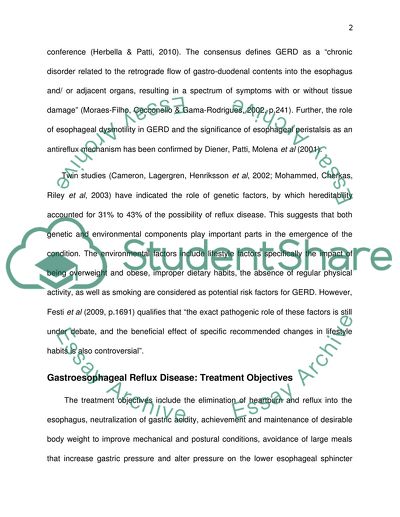Cite this document
(“Gastroesophageal Reflux Research Paper Example | Topics and Well Written Essays - 1250 words”, n.d.)
Retrieved from https://studentshare.org/health-sciences-medicine/1423491-gastroesophageal-reflux
Retrieved from https://studentshare.org/health-sciences-medicine/1423491-gastroesophageal-reflux
(Gastroesophageal Reflux Research Paper Example | Topics and Well Written Essays - 1250 Words)
https://studentshare.org/health-sciences-medicine/1423491-gastroesophageal-reflux.
https://studentshare.org/health-sciences-medicine/1423491-gastroesophageal-reflux.
“Gastroesophageal Reflux Research Paper Example | Topics and Well Written Essays - 1250 Words”, n.d. https://studentshare.org/health-sciences-medicine/1423491-gastroesophageal-reflux.


